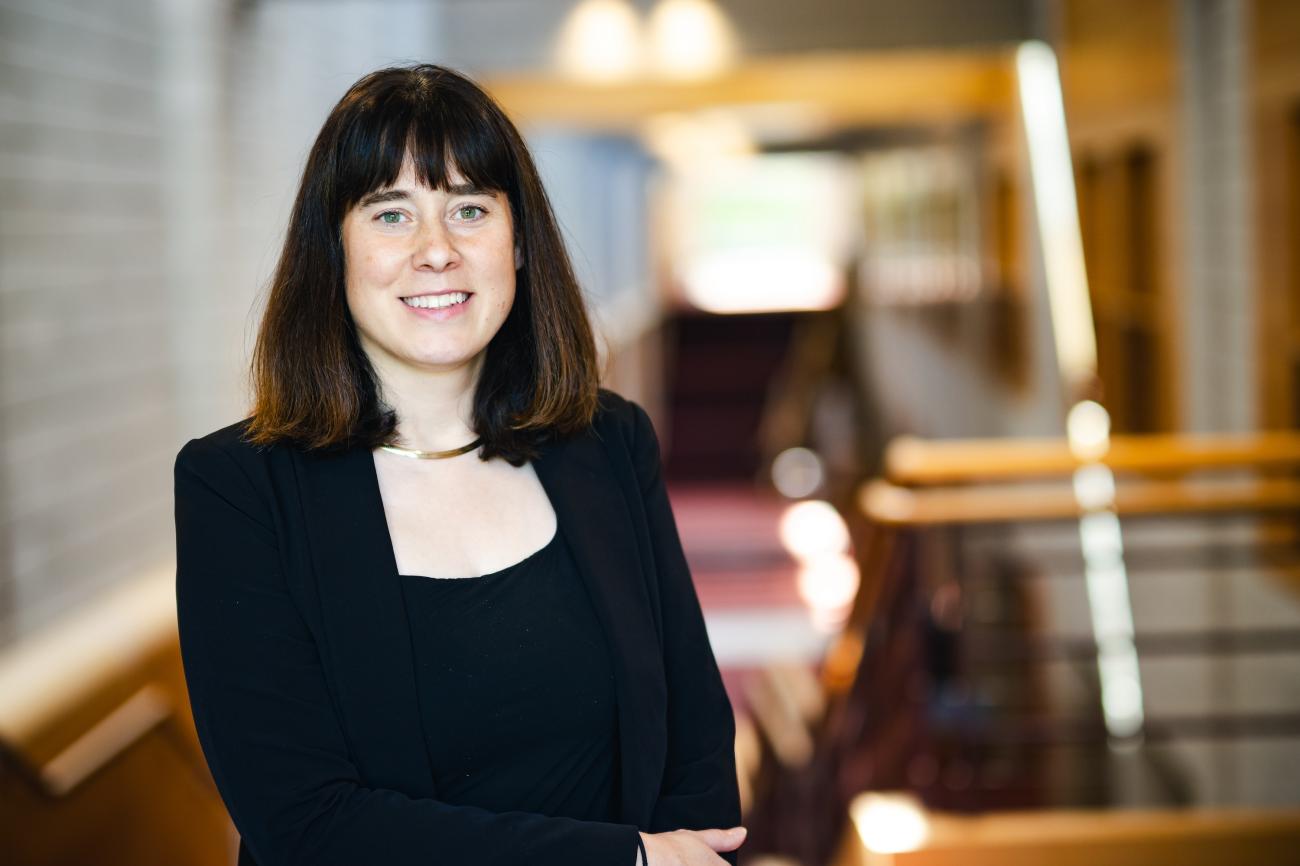Breaking the Mold: The Sopranos Who Refused to Play by Opera's Rules
How 1950s American singers transformed stereotypical heroines into nuanced women—and changed the art form in the process
Opera as an art form has been around for more than 400 years. While tens of thousands of operas have been written, many opera companies rely on the familiar classics that are guaranteed to draw an audience. American opera, works written in English by composers in the United States, have historically found difficulty gaining acceptance with opera companies, yet these works experienced incomparable popularity after World War II. Musicologist Monica Hershberger has studied the important role of sopranos in boosting this popularity, and her book presents the first feminist perspective investigating the stories of women in American opera.
Hershberger, assistant professor of music, is author of Women in American Operas of the 1950s: Undoing Gendered Archetypes. During the 1950s, composers and librettists in the United States were attempting to create productions that were responsive to American culture and interests. Yet, they did not break from the longstanding archetype that is a standard in European opera, she says. Women were portrayed as either saintly and pure or sexually corrupt, and it was an absolute. As a result, women risked continuing a tradition of playing predictable victims in American opera.
“When I talk about women in American opera, I'm talking both about these fictional characters that have been made up by male composers and male librettists, and then the way that actual American women have sung and performed them on stage,” Hershberger says. “One thing that I think is interesting is they may be written one way on the page, but the way that performers bring them to life, what they emphasize, what they de-emphasize is often different.”
Hershberger notes that the sopranos who were tasked with portraying these paragons of virtue and their opposites did not always take them as their composers and librettists made them. Sometimes they rewrote, through their performances, the roles they had been assigned. Or they used their lived experiences to bring greater genuineness to their roles. The book analyzes some of the most performed, yet understudied, works in the American-opera canon, focusing on Aaron Copland’s The Tender Land, Carlisle Floyd’s Susannah, Jack Beeson’s Lizzie Borden, and Douglas Moore’s The Ballad of Baby Doe. Hershberger writes about how singers Phyllis Curtin and Beverly Sills often resisted the stereotypes in these productions that are so commonly found in opera.
One example is The Ballad of Baby Doe which premiered in 1956 and is based on the lives of 19th century figures Horace Tabor, a wealthy Colorado mine owner; his first wife Augusta Tabor, and Elizabeth "Baby" Doe Tabor. The opera explores their lives from Horace and Baby Doe's meeting to the death of Horace. Baby Doe is a beautiful young woman who wins the love of much older Horace. He rebuffs the love of his first wife, Augusta, deserting her to marry Baby Doe.
“It plays into a lot of the tropes about Elizabeth Tabor, that she was this conniving home wrecker. But Beverly Sills, the soprano who made the opera famous by singing the role of Baby Doe, worked to dilute the home wrecker stereotype in her performances. She played the character as a woman with more complexity and more nuance. [She] wrote three autobiographies, and in all three she writes extensively about what it meant to her to sing the role of Baby Doe. I think one thing that comes out in those autobiographies, even though she doesn't say it explicitly, is that she identified with the character of Baby Doe, in part because she married a wealthy man who was on his second marriage, and she was also portrayed as this gold digger home wrecker. I think she knew the stereotype, and then she played against it both in real life and on stage.”
Through an assessment of operas that center around compelling heroines, Hershberger argues that women in these operas often exemplified the complex quest for national identity as the United States entered the Cold War and began to address issues surrounding civil rights. By focusing on the way national and feminist identities sometimes conspire and at other times collide in these operas and on their heroines, she finds that operatic authorship, and American opera as a genre, demonstrates the beginning of modern feminism in Cold War America. She adds that sopranos of the period helped destroy prevailing gendered stereotypes that had traditionally been accepted without question in opera houses.

